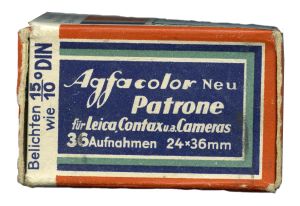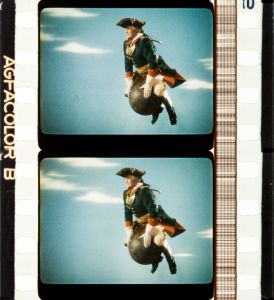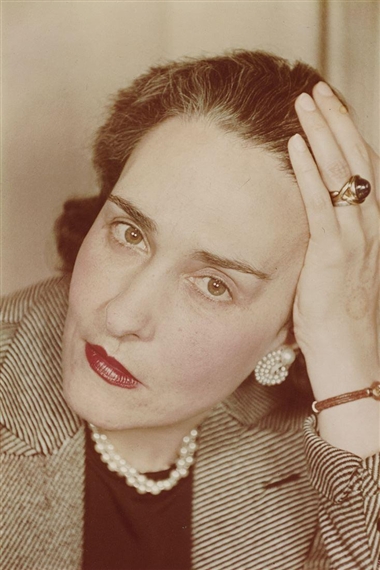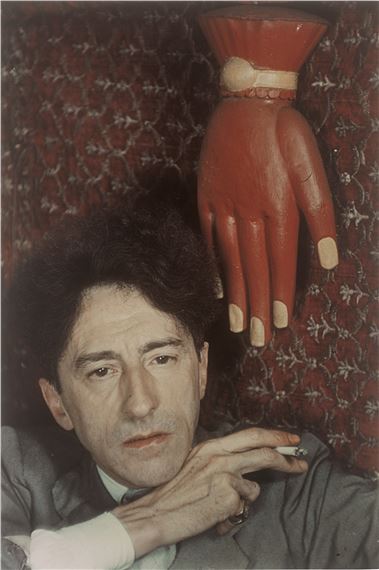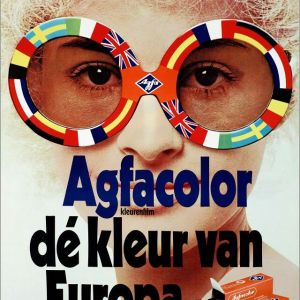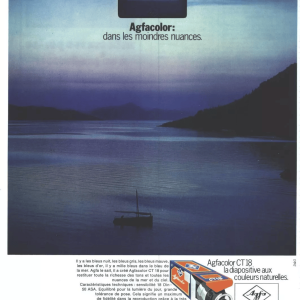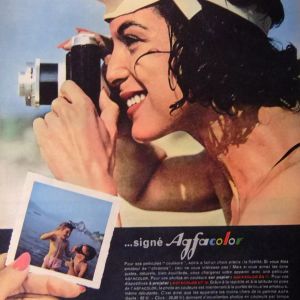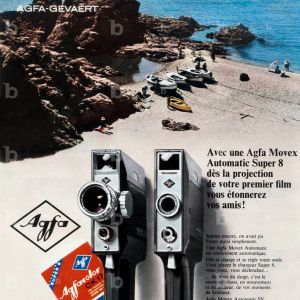A European Vision of Color
The term “Agfacolor style” – still recognized in photography and film today – stands for a painterly, softly luminous aesthetic that shaped how generations saw and remembered the world.

Its story begins in the early Weimar Republic, when chemist Franz Oppenheim, one of Europe’s most influential collectors of French Impressionist art, established Agfa’s photographic color laboratories. In 1932, Agfa released its first color film. The key innovation followed with a patent on April 11, 1935 – just 43 days after Kodak registered its competing Kodachrome process in the United States.
While Kodachrome favored bold, saturated tones, Agfacolor defined a distinctly European approach to color – subtle, natural, and emotionally resonant.
Although the early use of Agfacolor film under the German regime casts a shadow over its beginnings, the brand quickly found broader cultural meaning.
As early as 1939, the renowned German–French photographer Gisèle Freund used Agfacolor to capture iconic portraits of James Joyce, Virginia Woolf, and André Malraux – images that helped shape the brand’s identity: intimate, nuanced, and rich in atmosphere.
By the 1960s, Agfacolor had become a truly European brand, supported by widespread marketing across the continent. For many in the postwar generation, childhoods, holidays, and family moments were captured in Agfacolor tones – now part of the collective visual memory of Europe.
When analogue Agfacolor film left the market in 2005, it marked the end of an era. Now, twenty years later, Agfacolor returns – not as film, but as a brand for sunglasses. Built on Agfacolor’s approach to color, light, and perception, it carries forward a tradition of visual clarity, depth, and quiet elegance – reimagined for today.


